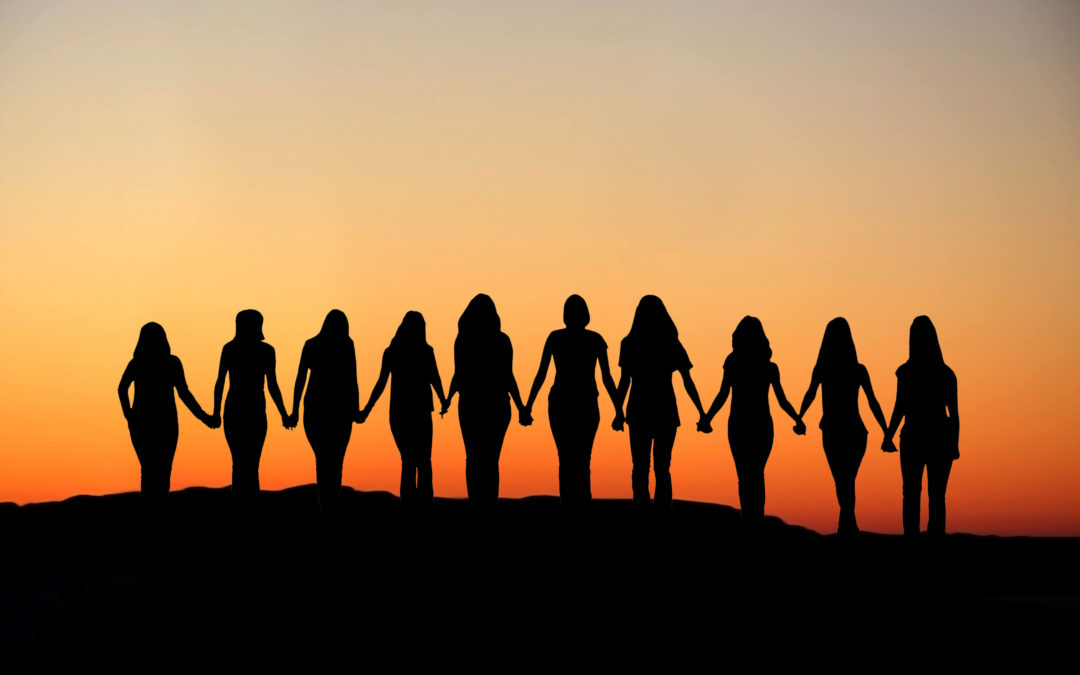
There is a great exercise I came across a while ago. It’s one you can do with your team or individually. It’s called the Trusted 10, and asks you to take a piece of paper and make 6 columns. You are then asked to think of your inner circle- the people you really trust the most, those whose counsel you seek in making decisions or would trust with advice at work/personally. Now write their names down in column 1. There can be a maximum of 10 people only, and if you only have 5/6 names then think about people you trust a lot but not quite your inner circle and add their names to the list until you have completed a list totaling 10 names.
Once this is complete give column 2 the heading: Gender; column 3 the heading Race/Ethnicity; column 4 the heading Education level; Column 5 the heading Age; column 6 the heading Nationality. Now complete the particulars for each of the listed names you had in column 1 until all the names have their details filled out. For example if the first name in column 1 was “Ellen” – continue working down the row of each column to fill in her specific details of Gender, Race, Education level; Age and Nationality. Do this for all 9 remaining names.
Now look at your table. What patterns do you notice start to emerge?
If you are male, are most of your trusted 10 male too? If you are female, are the majority of your trusted 10 female? Do your trusted 10 look similar to you in age or race or education level? Are the majority from your nationality? Chances are YES. We can change the top row of questions and replace them with language, sexual orientation, country of residence, religious views, anything really- the results generally come back the same- the trusted 10 are very often people very similar to you!
Why is this? Well, people tend to trust those who belong to the same types of in-groups as they do. If I’m religious I’ll tend to trust other people of my religion because I know I can draw on a set of common ‘underlying’ values that mirror mine. It’s the same for gender, age, etc. As we move our circle of trust wider to include people we friends with but not extremely close to, the patterns may change. But our closest advisors and those we rely on most for sound insight- are often an unconscious mirror of ourselves or those whom come from our similar background, family ect.
How is this problematic?
In the workplace, when leaders are given big projects or need to put together a certain team to think through strategy, they tend to draw automatically on those whom they trust the most within the organization. Without knowing it leaders unconsciously draw on certain prejudices that allow ‘people like us’ to be in their ‘inner circle’ at work. In doing so they create a more uniform team that lacks real diversity and potential for different thought and insight. This becomes more problematic when we consider the current context of gender disparate C-suite positions which results in women being ‘single representatives’ in top level organizational teams.
According to McKinsey’s research 20% of women surveyed said they were often the only female in the room or one of very few. This not only leaves women as single representatives but also lacking support in their work relationships. Research into workplace challenges on the basis of gender showed that, “male mentors were unable to fully comprehend the frustrations and nuanced challenges women managers face in the workspace” (Misquitta, 2016).
Research by McKinsey suggests that women working in unbalanced gender environments, where there are significantly more men in senior leadership roles are more likely to have their judgment questioned
and be mistaken for someone more junior.
Women therefore tend to turn to other women to find spaces where they feel understood. However when women are the single representative in the C-suite, this leaves them isolated.
The broader challenge is that if our trusted 10 draws on ‘people most like us’ and men hold top strategic positions, it results in less women being included in strategic teams and positions. Even through informal conversation, much of which is crucially important in organizational culture, the same problem persists. A KPMG study (2015) highlighted the challenges of corporate networking, suggesting that men prefer to form social groups that consist of men only and felt interrupted with or by the presence of a women leader.
Whilst the trusted 10 exercise highlights our unconscious bias towards ‘people like us’ it does not excuse women from making the same leadership errors. This is a challenge of unconscious bias, one that currently plays itself out in the workplace to women’s disadvantage but this can just as easily be problematic for men.
Without leaders addressing their unconscious bias everyone stands to lose- especially the organization. This is because we not only sideline those who are different to us, perpetuating bias in the workplace but we also severely limit the potential of teams by diluting its diversity.
If you want to establish robust and dynamic teams in your organization, you have to start with addressing your own unconscious blindspots. Thereafter as leaders, you can begin to actively put together teams of greater diversity. This means giving
Resources
- McKinsey & Company. The Shortlist. February 2019
- Women in Leadership: Comparing Issues in a Developed versus a Developing Economy. Misquitta, F. 2016.
- Burke, J. Contemporary Social Psychological Theories: Social Identity theory.
- Horton, S. Unconscious Bias Exercise.



Trackbacks/Pingbacks